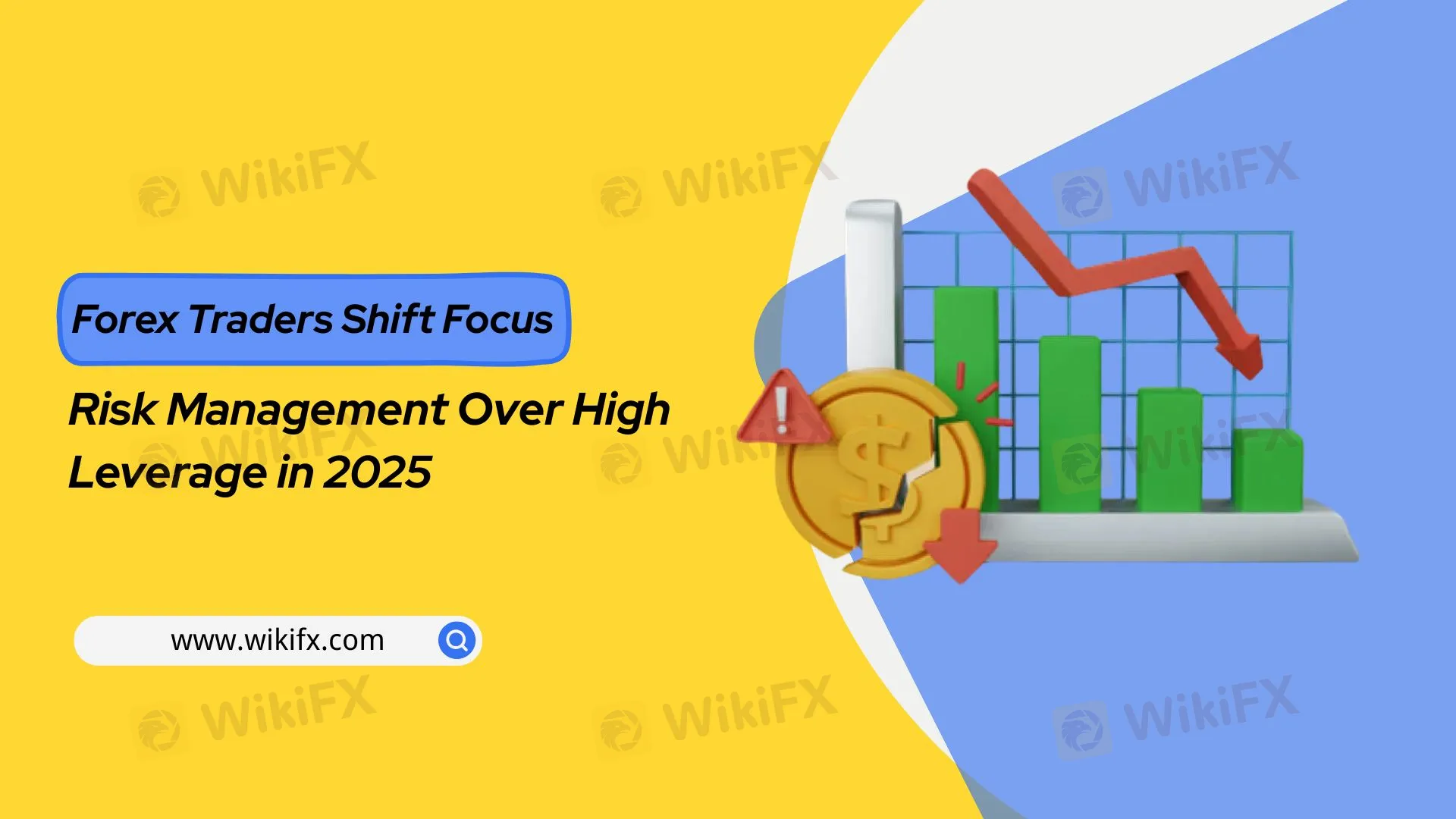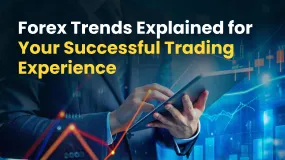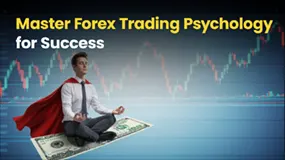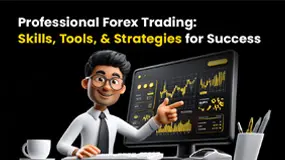简体中文
繁體中文
English
Pусский
日本語
ภาษาไทย
Tiếng Việt
Bahasa Indonesia
Español
हिन्दी
Filippiiniläinen
Français
Deutsch
Português
Türkçe
한국어
العربية
Forex Traders Shift Focus: Risk Management Over High Leverage in 2025
Abstract:Traders are stepping back from ultra-high leverage in 2025, turning toward measured positions and capital preservation.

For much of the past decade, high leverage has been the hallmark of retail forex trading. Ratios as high as 1:500 were widely used, promoted by brokers as a tool to amplify profits on small capital. However, 2025 is revealing a clear change in sentiment: survival and sustainability are overtaking the pursuit of rapid gains.
Shifting Tides in Retail Trading
Following a period of central bank tightening and heightened geopolitical instability, volatility in currency markets has increased noticeably. Sharp moves in major pairs have exposed the vulnerability of overleveraged positions. In response, traders are increasingly reducing their exposure, cutting down lot sizes and relying more on risk management tools than on leverage.
Platforms like X, Discord, and Telegram have seen a surge in educational content from seasoned traders advocating for tighter stop-losses and lower-risk positions. Unlike previous years, this new wave of traders is not afraid to take it slow — they value staying in the game over chasing outsized returns.
Brokers Recalibrate to the New Reality
Regulators have played their part. Inspired by the European Securities and Markets Authority (ESMA), more regions are adopting stricter leverage caps—often limiting retail accounts to 1:30 or lower. While offshore brokers continue offering high leverage, those deals now come with reputational and legal risks.
In parallel, brokers are shifting how they onboard and educate clients. Many now default to conservative leverage settings, and some have integrated pre-trade risk summaries—clearly showing margin usage and liquidation levels before a trade is confirmed.
Survival Over Speed
The trend is not about fear—its about discipline. In an environment marked by surprise rate moves and unpredictable news cycles, traders who respect capital preservation stand a better chance at longevity.
Newer traders are also increasingly adopting tools like risk calculators and volatility trackers. Daily risk caps of 1–2% per trade are becoming standard. Lot sizes are scaled based on market events. These changes reflect a shift from speculative behavior toward structured, rule-based strategies.
Conclusion
2025's forex landscape is reshaping around a core principle: measured risk-taking. While leverage remains a powerful tool, its indiscriminate use is increasingly seen as a liability, not an advantage. The traders most likely to succeed this year are not those chasing big wins—but those who manage small losses and compound consistency.
Disclaimer:
The views in this article only represent the author's personal views, and do not constitute investment advice on this platform. This platform does not guarantee the accuracy, completeness and timeliness of the information in the article, and will not be liable for any loss caused by the use of or reliance on the information in the article.
Read more

Forex Trends Explained for Your Successful Trading Experience
The dynamism of the forex market is full of trends - positive, negative and neutral. As trade intensifies, the currency pairs get into the action mode with ups and downs, causing frequent changes to investor mindsets. The market is like a rollercoaster ride, thanks to forex trends. Understanding what these trends indicate will help you take necessary investment calls for sustained success.

Master Forex Trading Psychology for Success
Unlock your potential with forex trading psychology. Master emotions, trading discipline, and market strategies to achieve consistent success.

Join Forex Trading Groups for Expert Insights & Networking
Forex trading groups are communities where individuals interested in foreign exchange trading connect, share knowledge, and support each other. These groups can be found on various platforms, including Telegram, WhatsApp, and online forums. They cater to traders of all levels, from beginners to seasoned professionals, offering a space to discuss strategies, share signals, and stay updated on market news.

Professional Forex Trading: Skills, Tools, & Strategies for Success
In the vast and fast-paced world of financial trading, the foreign exchange (forex) market reigns as the largest and most liquid market globally. Trillions of dollars are traded daily, as currencies fluctuate due to economic indicators, geopolitical events, and market sentiment. But what exactly defines a professional forex trader? What skills, strategies, and tools are essential for success in the highly competitive currency market? In this article , we’ll explore everything you need to know.
WikiFX Broker
Latest News
Join WikiFX’s Agent Growth Event | Turn Your Success into a Global Achievement
Forex Trends Explained for Your Successful Trading Experience
Do Kwon Faces 130-Year Prison Sentence After Guilty Plea in $40B Crypto Collapse
Best 5 Low-Spread FX Brokers in India 2025
Major Pairs in Forex: Top Traded Currency Insights
What is ECN in Trading? A Simple Guide
SEC Settles California Trader with Over $234,000 Spoofing Scheme
What Is Forex Trading Fee? A Beginner’s Guide
Understanding UAE’s Financial Market Regulation: SCA and DFSA
Scam Alert: Know the Risky Side of InstaForex in India
Currency Calculator


